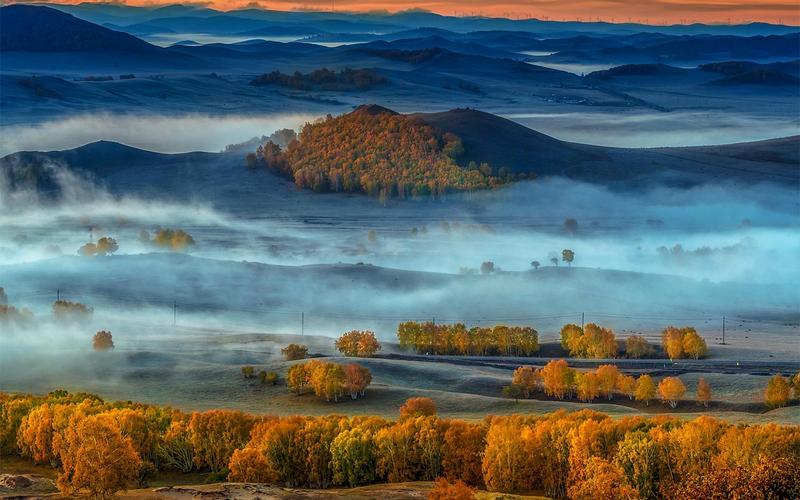Introduction
Ecosystems are complex systems that are vital to our planet’s biodiversity and survival. A biome, in particular, refers to a large community of flora and fauna that inhabit a certain area, characterized by distinct climate and geography. Understanding biome information can help us grasp the relationships between different species, their roles, and the delicate balance that governs our planet’s varied ecosystems. In this article, we’ll explore the different types of biomes, their characteristics, and how they impact our planet.
The Different Types of Biomes
There are over 20 different types of biomes, each with its unique features and inhabitants. They can be broadly categorized as terrestrial biomes and aquatic biomes. Terrestrial biomes are further classified into five major types: tundra, taiga, temperate deciduous forests, grasslands, and deserts. Aquatic biomes include freshwater and marine ecosystems, encompassing rivers, lakes, wetlands, estuaries, intertidal zones, and oceans.
Tundra Biomes
Tundra biomes are located near the poles, characterized by low temperatures and a lack of trees. The soil is usually frozen year-round, and vegetation is mostly ground-hugging, such as grasses, mosses, and lichens. The tundra biome is home to many animals, including reindeer, arctic foxes, and polar bears, which are adapted to the harsh conditions.
Taiga Biomes
Taiga biomes, also known as boreal forests, are found in cold regions below the tundra biome line. They are characterized by coniferous trees, which can endure the cold temperatures. Taigas are an important carbon sink and home to many animals, including grizzly bears, lynx, and wolves.
Temperate Deciduous Forests Biomes
Temperate Deciduous Forests biomes are located primarily in the eastern United States, Japan, and Europe. They have warm summers and cool winters and are characterized by leaf-shedding trees that lose their leaves in the winter. This biome is home to many animals, including deer and black bears.
Grasslands Biomes
Grasslands biomes are located throughout the world and have rich soil that can support a variety of vegetation. These biomes are dominated by grasses and have few trees, making them home to many grazing animals such as buffalo and zebras.
Deserts Biomes
Deserts biomes are located in dry regions of the world and are characterized by low precipitation, high temperatures, and sparse vegetation. Desert animals, such as camels and meerkats, are adapted to the harsh conditions and are often nocturnal to avoid the heat.
Freshwater Aquatic Biomes
Freshwater aquatic biomes refer to bodies of water that have low salt content, such as rivers, lakes, and wetlands. These biomes are home to many different species of fish, plants, and birds. They play a critical role in the water cycle, supporting human activities such as agriculture and drinking water.
Marine Aquatic Biomes
Marine aquatic biomes refer to the vast bodies of saltwater, such as oceans and coral reefs. These biomes support a great diversity of life, including large marine mammals, such as whales and dolphins, as well as small fish and plankton. They play a critical role in regulating the earth’s climate, supporting the food chain, and producing oxygen.
Conclusion
It’s essential to understand biome information to appreciate the complex relationships that govern our planet’s ecosystems. Biomes play a critical role in our planet’s survival and biodiversity. Each is unique, with distinct features, inhabitants and plays a vital role in the earth’s ecosystem. This guide has explored the different types of biomes, their characteristics, and how they impact our planet. Understanding biome information is an important step towards creating a sustainable future for our planet.
(Note: Do you have knowledge or insights to share? Unlock new opportunities and expand your reach by joining our authors team. Click Registration to join us and share your expertise with our readers.)
Speech tips:
Please note that any statements involving politics will not be approved.
